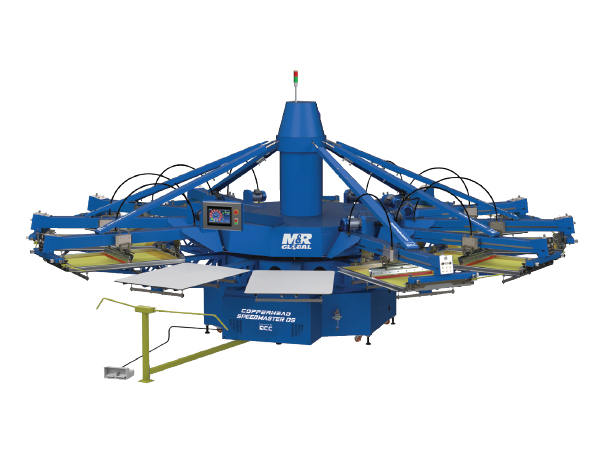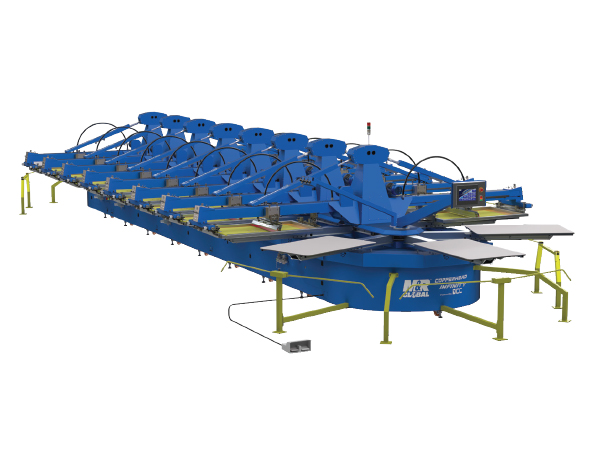Manage your preferences
Cookies are small text files that are used to retrieve information. To ensure privacy, from this panel you can express your preferences for each type of cookie we use.
-
Technical cookies
This is strictly necessary information used for the website to function properly. For example, we use a technical cookie to save preferences on the cookies to be used.
-
Analitycs cookies
They are used to collect information and carry out statistics. These data allow us to understand how visitors interact with the site and this allows us to improve navigation and performance.
-
Marketing cookies
They are used to track visitors on websites and create personalized experiences and more relevant advertisements on other sites.






















